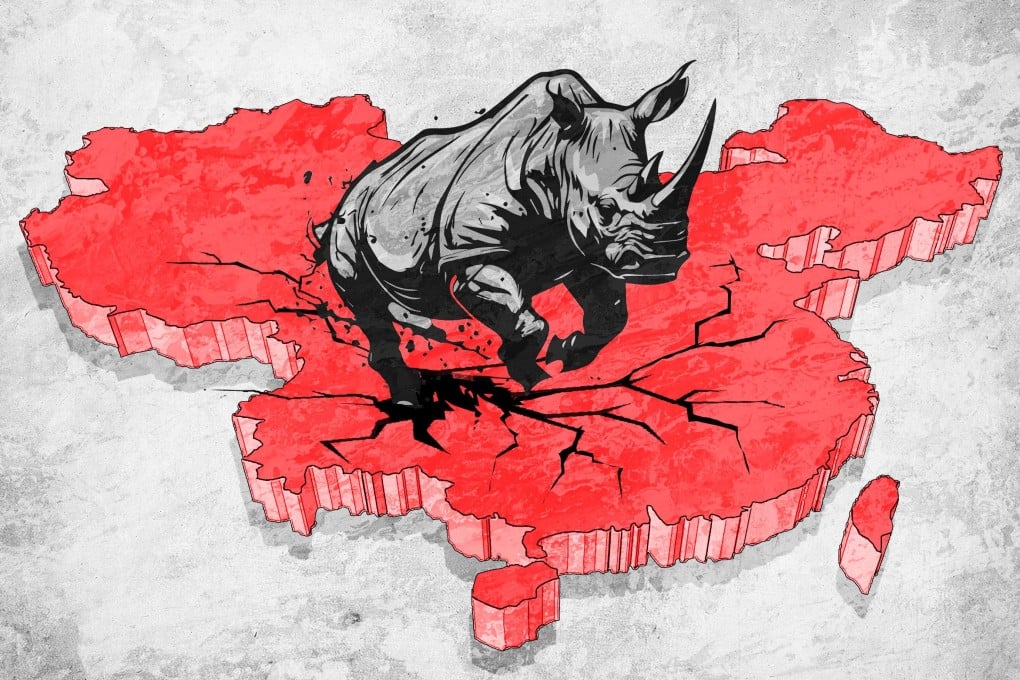Advertisement
How China’s hidden debt risk ‘comes from its system’, and why local governments are beholden to Beijing
- China’s zero-Covid policies and post-pandemic push for self-sufficiency have strained finances at local levels, pushing debt sky high this year, with little help from the central government
- Some say Beijing is reluctant to change China’s fiscal structure because it gives leaders greater financial control over the provinces
Reading Time:6 minutes
Why you can trust SCMP
99+

This is the first part in a series on how Beijing’s recent policy shifts have triggered debate over the potential economic implications and risks for China, starting with the impact of rising debt at local levels of government. You can read part two here.
Struggling to scrape together enough cash, local officials from some of China’s most debt-ridden regions feel as though they’ve exhausted all options – and some have even posted about their plights online, in hopes of garnering much-needed assistance from the central government.
But such comments have been quickly removed.
Advertisement
Beijing is working hard to maintain stability while controlling the narrative that leadership is mitigating the fallout from mounting regional debt that threatens economic growth aspirations in China’s post-pandemic recovery.
Nonetheless, deteriorating finances across the country, particularly in its poorest provinces such as Guizhou, have raised the spectre of a looming local government debt crisis. Beijing sees the potential for a meltdown in China’s predominantly state-owned banking system as a “grey rhino” risk – big, obvious and neglected.
“The risk to China’s debt comes from its system,” said Mao Zhenhua, co-head of Renmin University’s Institute of Economic Research, at a seminar arranged by the university on July 12.
Advertisement
Advertisement
Select Voice
Choose your listening speed
Get through articles 2x faster
1.25x
250 WPM
Slow
Average
Fast
1.25x